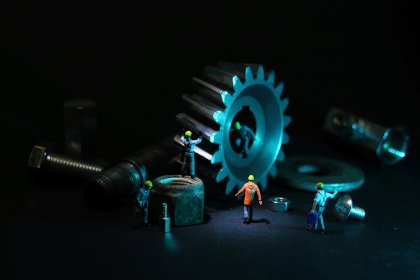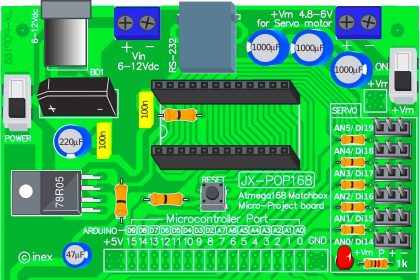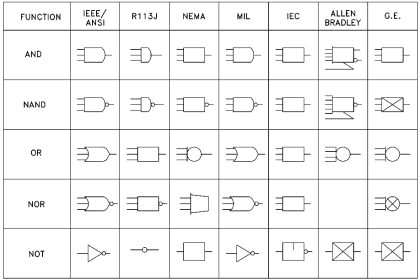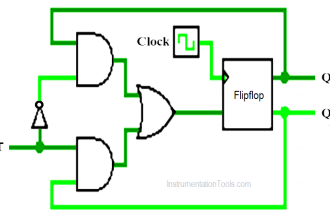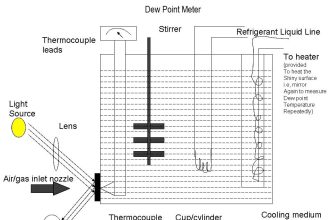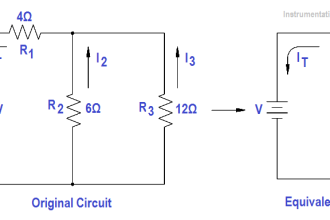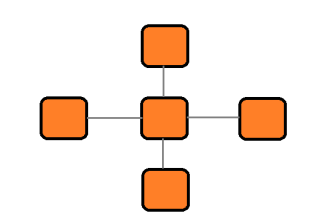A recorder is used to produce a permanent record of the signal that is measured.
A record is used to analyse how one variable varies with respect to another and how the signal series with time.
The objective of a recording system is to record and preserve information pertaining to measurement at a particular time and also to get an idea of the performance of the unit and to provide the results of the steps taken by the operator.
The basic components of a general recorder are an operating mechanism to position the pen or writer on the paper and a paper mechanism for paper movement and a printing mechanism.
Okay, now you know what is a recorder, why it is used and where it is used. Now I will explain about magnetic tape recorder.
A magnetic tape recorder is used to record data which can be retrieved and reproduced in electrical form again. This recorder can record signals of high frequency.
Description of Magnetic Tape Recorders:
The magnetic tape is made of a thin sheet of tough plastic material; one side of it is coated with a magnetic material (iron oxide). The plastic base is usually polyvinyl chloride (PVC) or polyethylene terephthalate. Recording head, reproducing head and tape transport mechanism are also present.
Operation of Magnetic Tape Recorders:
- The recording head consists of core, coil and a fine air gap of about 10 micrometer. The coil current creates a flux, which passes through the air gap to the magnetic tape and magnetizes the iron oxide particles as they pass the air gap. So the actual recording takes place at the trailing edge of the gap.
- The reproducing head is similar to that of a recording head in appearance. The magnetic tape is passes over a reproducing head, thereby resulting in an output voltage proportional to the magnetic flux in the tape, across the coil of the reproducing head. Thus the magnetic pattern in the tape is detected and converted back into original electrical signal.
- The tape transport mechanism moves the tape below the head at constant speed without any strain, distortion or wear. The mechanism much be such as to guide the tape passed by the magnetic heads with great precision, maintain proper tension and have sufficient tape to magnetic head contact.
Advantages of Magnetic Tape Recorders:
- Wide frequency range.
- Low distortion.
- Immediate availability of the signal in its initial electrical form as no time is lost in processing.
- The possibility of erase and reuse of the tape.
- Possibility of playing back or reproducing of the recorded signal as many times as required without loss if signal.
Applications of Magnetic Tape Recorders:
- Data recording and analysis on missiles, aircraft and satellites.
- Communications and spying.
- Recording of stress, vibration and analysis of noise.



